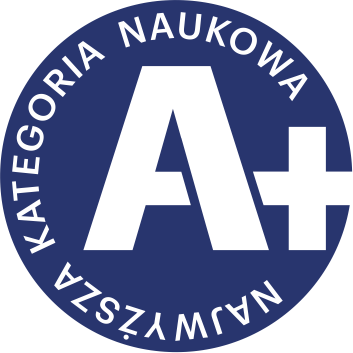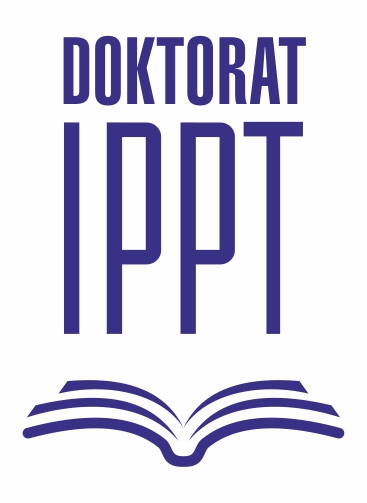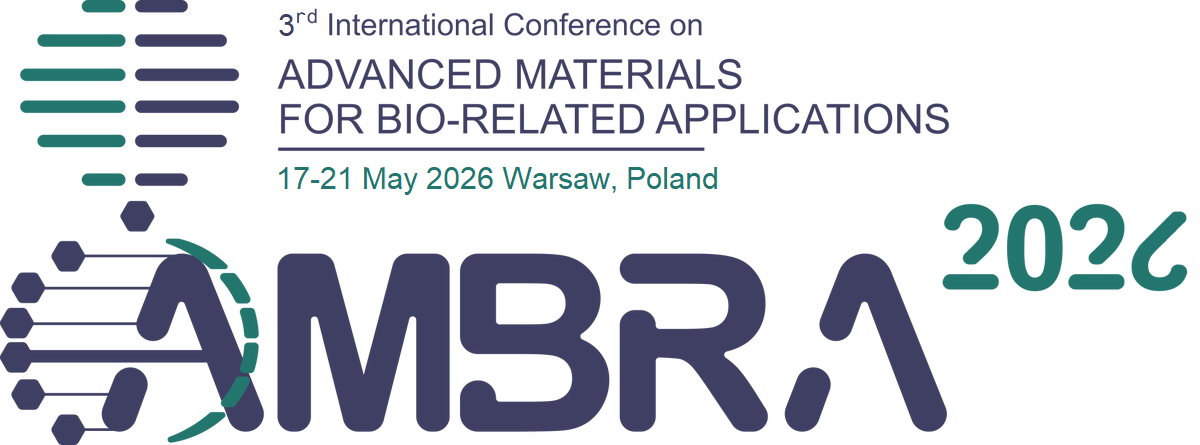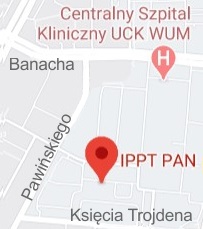| 1. |
Teshome Tufa L.♦, Gicha B.♦, Cheru Fekadu M.♦, Huu‐Quang N.♦, Tran V.♦, Nwaji N., Xiaojun H.♦, Hongxia C.♦, Lee J.♦, Plasmon-enhanced photo/electrocatalysis: Harnessing hetero-nanostructures for sustainable energy and environmental applications,
Applied Physics Reviews, ISSN: 1931-9401, DOI: 10.1063/5.0205461, Vol.11, No.4, pp.041336-1-041336-26, 2024 Streszczenie:
Plasmon-enhanced photo/electrocatalysis using hetero-nanostructures has emerged as a promising approach for boosting the efficiency and selectivity of photo/electrocatalytic reactions. Plasmonic nanostructures (PNSs), with their unique properties including localized surface plasmon resonance (LSPR), play a vital role in enhancing photo/electrocatalytic activities. By leveraging LSPR, PNSs can concentrate incident light, facilitate charge separation, and induce surface reactions, leading to improved catalytic performance. In this review, we provide a comprehensive analysis of the current state of knowledge in this field. We discuss the rational design and synthesis of hetero-nanostructures, focusing on the optimization of composition, size, shape, and interface properties. Furthermore, we explore various combinations of plasmonic sources with semiconductors of diverse morphologies to achieve enhanced photocatalytic activity. The reviewed research encompasses applications in water splitting, removal of organic pollutants, CO2 reduction, and energy conversion. We also address the challenges that need to be overcome, including optimization of materials, reproducibility, stability, band alignment, and understanding plasmon–material interactions in hetero-nanostructures. The review of future perspectives includes the integration of multiple functionalities, the exploration of novel plasmonic materials, and the translation of plasmon-enhanced photo/electrocatalysis into practical applications. The combination of plasmonics and nanotechnology can be used to advance green technologies and address pressing global issues. Słowa kluczowe:
Plasmons, Heterostructures, Energy conversion, Sustainable energy, Nanotechnology, Water-splitting, Interfacial properties, Photocatalysis, Surface reactions, Catalysts and Catalysis Afiliacje autorów:
| Teshome Tufa L. | - | inna afiliacja | | Gicha B. | - | inna afiliacja | | Cheru Fekadu M. | - | inna afiliacja | | Huu‐Quang N. | - | inna afiliacja | | Tran V. | - | inna afiliacja | | Nwaji N. | - | IPPT PAN | | Xiaojun H. | - | inna afiliacja | | Hongxia C. | - | inna afiliacja | | Lee J. | - | Lexington High School (US) |
|  | 200p. |
| 2. |
Cheru Fekadu M.♦, Bedasa Abdisa G.♦, Fedlu Kedir S.♦, Birhanu Bayissa G.♦, Nwaji N., Lemma Teshome T.♦, Jaebeom L.♦, Ni-Based Ultrathin Nanostructures for Overall Electrochemical Water Splitting,
Material Chemistry Frontiers, ISSN: 2052-1537, DOI: 10.1039/D2QM00964A, Vol.7, pp.194-215, 2023 Streszczenie:
Hydrogen produced by electrochemical water splitting is considered to be a sustainable fuel source, an
ideal way to solve the energy problem and its environmental challenges. However, industrial production
of hydrogen from water splitting is mainly hindered by sluggish kinetics of the oxygen evolution reaction
(OER) at the anode and the hydrogen evolution reaction (HER) at the cathode in an alkaline solution due
to the difficulty in forming binding protons. Thus, the construction of a highly active and cost-effective
catalyst with abundant oxygen vacancies is critical for enhancing the reaction efficiency and decreasing
the required overpotential. Due to earth-abundance and electrocatalytic activities, Ni-based ultrathin
nanostructures (Ni-utNSs) have attracted immense attention for overall water splitting. Herein, we have
presented a complete summary of recent advancements in Ni-utNSs for overall electrochemical water
splitting. After discussing unique advances in Ni-utNSs, we discussed their properties and crystal
structures. The HER, OER, and oxygen reduction reaction (ORR) mechanisms were briefly discussed. We
also discussed several Ni-utNS manufacturing techniques, as well as in situ and ex situ characterization
and computer modeling. Furthermore, the electrochemical water splitting of Ni-utNSs is addressed. This
review can help readers understand the recent progress of Ni-utNS catalysts and gain insight into the
rational design of Ni-utNS catalysts with high electrocatalytic activity. Afiliacje autorów:
| Cheru Fekadu M. | - | inna afiliacja | | Bedasa Abdisa G. | - | inna afiliacja | | Fedlu Kedir S. | - | inna afiliacja | | Birhanu Bayissa G. | - | inna afiliacja | | Nwaji N. | - | IPPT PAN | | Lemma Teshome T. | - | inna afiliacja | | Jaebeom L. | - | Lexington High School (US) |
|  |


















